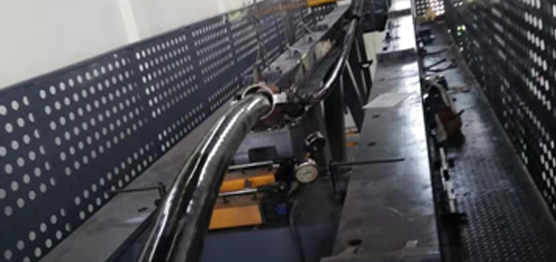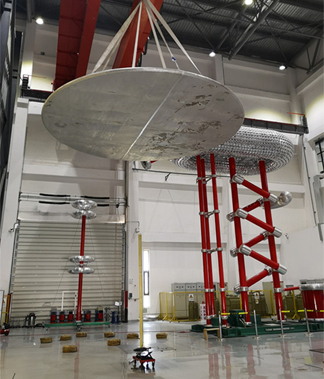
The National Engineering Laboratory can develop technologies according to customized test requirements. The following are two examples:
I. Technology for full-scale bending stiffness test of subsea umbilical cables
Bending stiffness is a key parameter to evaluate the bending properties of umbilical cables, which has an important impact on their installation, laying and operation. However, due to the following structural characteristics of umbilical cable, namely the large size, helicity, flexibility and complex non-linearity, the loading and equipment cost of the test is quite high. That's why bending stiffness research both at home and abroad is mainly theoretical, based on numerical analysis and rarely verified by experiment.
The Subsea Production System Equipment Testing R&D Laboratory under the National Engineering Laboratory developed a tester for full-size flexible cable tension bending fatigue test, which can be used to measure the bending stiffness of the umbilical cable. The lab also developed a standardized method for bending stiffness testing and enriched the full-size testing technologies for umbilical cables.

II. Technology for Early Streamer Emission(ESE) Testing
There is neither national standard nor widely recognized international standard for ESE testing. The Marine Cable Testing R&D Laboratory under the National Engineering Laboratory conducted customized research on ESE testing method, and applied this method to comparative ESE testings of lightning rods of different structures. In this test, the lab used a high-voltage DC generator to create a dimensional electrostatic field, simulating the natural pre-lightning electric field and used an impulse voltage generator to enable indirect electricity discharge between the thundercloud plate and the lightning rod, simulating the lightning strike. The time parameters and voltage spike parameters of the lightning rod at the moment of receiving lightning are compared with those of the traditional Franklin lightning rod, and the ESE effect of lightning rods with different structures were evaluated as expected.
